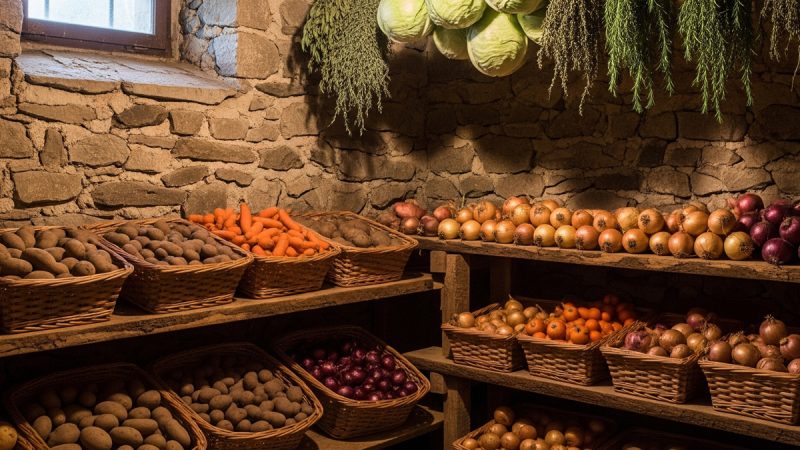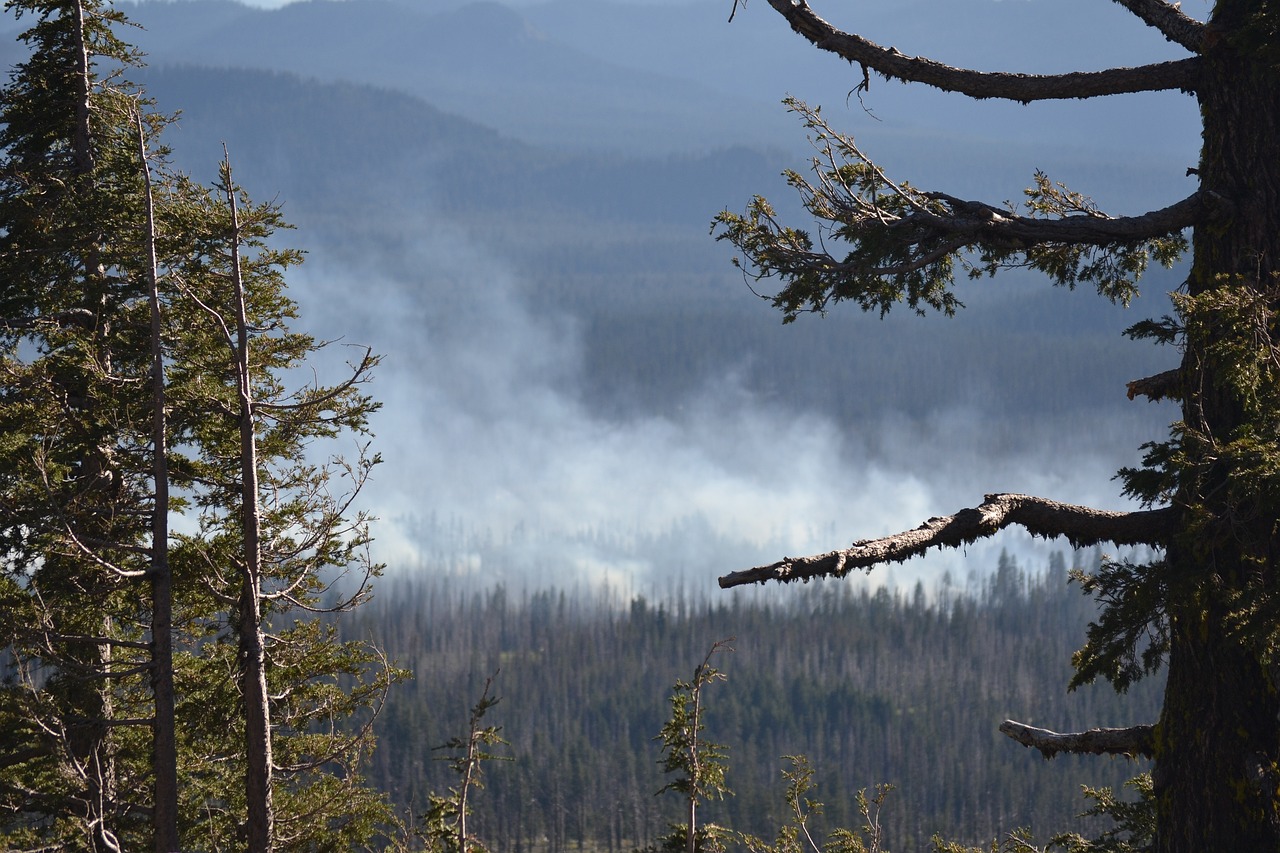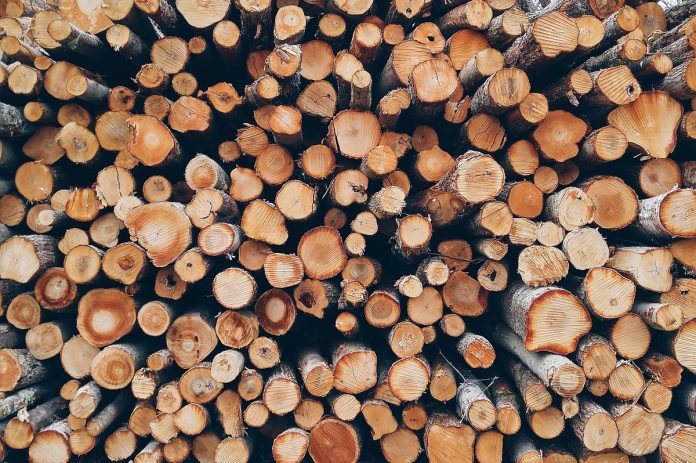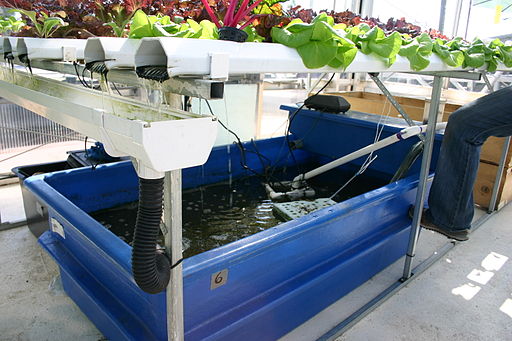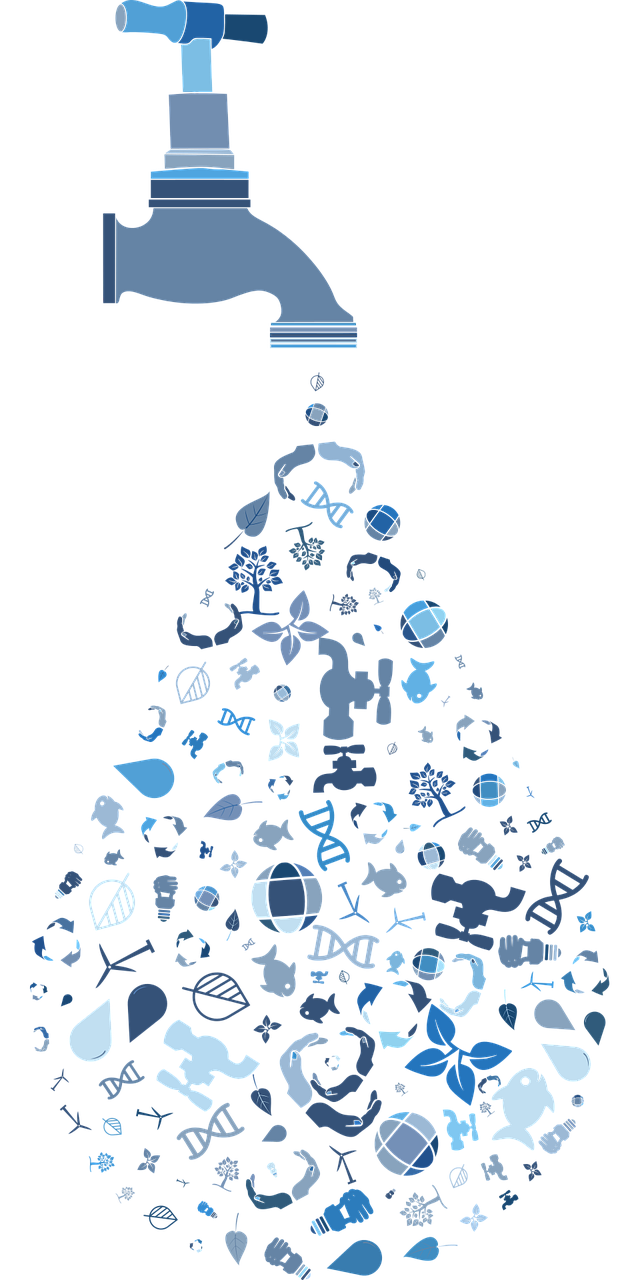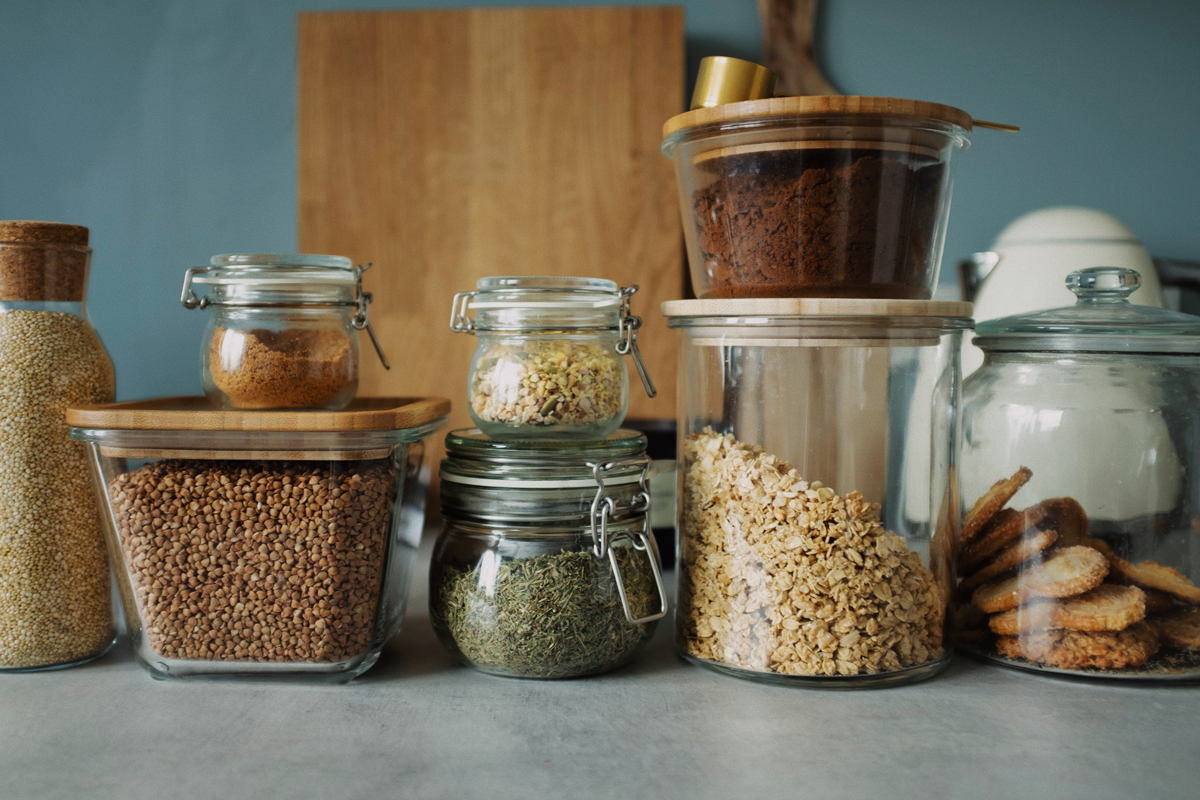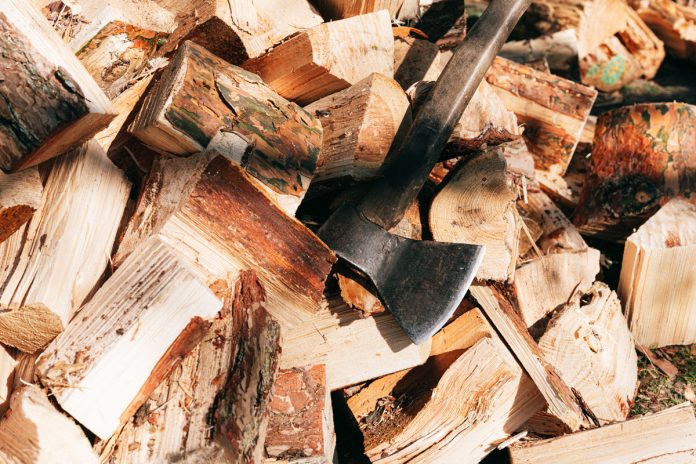The Top 5 Simple Things You Can Do to Be Ready for Anything
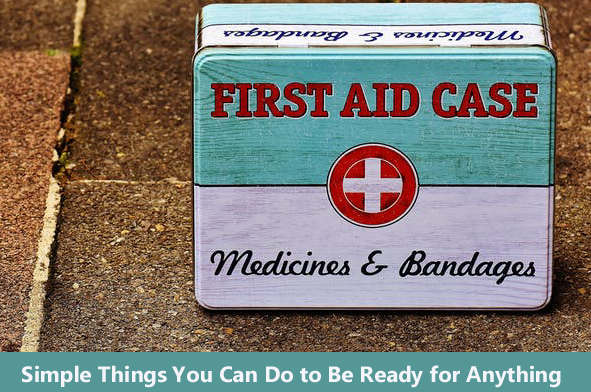
We are all busy people. And for some reason we have a tendency to take care of things that are urgent but not important before we spend time on those things which are not urgent yet important. That alone might explain our tendency toward the fast-paced busyness that defines our lives. Because we are so caught up in those urgent little details of life I wanted to create a simple package that would help prepare you for those rare, yet life-altering events that catch us by surprise and not in a good way. Nassim Nicholas Taleb, a specialist in financial derivatives and the author of the hugely successful book The Black Swan: The Impact of the Highly Improbable, would argue that it is far more beneficial for one’s survival to pay close attention to, and prepare for those things which are unlikely to happen but would have a huge impact over those things which occur frequently but are of little consequence in your life, relatively speaking.
For example, it’s highly recommended to have some kind of fire insurance on your house and/or possessions. Even though it’s unlikely your home and everything in it will go up in smoke, it would be devastating to have to replace everything from scratch. In contrast, many people spend a lot of time dealing with phone calls and e-mails that are not important and have little to no impact on their productivity, safety or well-being.
The purpose of this guide is not to tell you to stop wasting time on unimportant things, there are enough voices in that choir already, the purpose is to give you some ideas on how to fit in a few critical tasks that will give you piece of mind now and in rough times.
As this is an evolving process, I encourage your feedback and comments.
1. The Emergency Kit
Some people refer to this as a Bug Out Bag or BOB. There are a million variations on this and plenty of lists available online if you have the time and desire to go in search of them and in addition have the time and money to go in search of the items to put in your kit. I’ve been working on my own kit for about a year now and I often feel it’s incomplete. I decided to create something very simple that many people could put together with items in their home already so as to avoid the dangerous and paralyzing procrastination surrounding the production of an emergency kit.
The fastest way to do this is to buy a kit already made. The two disadvantages with a ready-made kit are that the kit is a one size fits all and it may not fit you, and it’s likely quite expensive. Feel free to look online for a ready made kit if you want to skip this step, otherwise read on.
There are three key elements that we need to survive. Shelter, water and food. For some reason it’s typically written as food, water and shelter which is strange because that’s actually in the reverse order of importance. Why is shelter first, you ask? Consider the rules of three. The average person can survive for three weeks without food, three days without water and about three hours without protection from the elements. Therefore shelter is always your priority. Shelter can take many forms from a roof over your head to your shoes and clothing. No matter what the weather there is some kind of risk due to exposure. In the summer the risk is from the sun in the form of a sunburn or heatstroke or rapid dehydration. A sunburn is an injury to the skin that uses the body’s resources to fight the injury, resources that are very valuable in a high stakes situation. In the spring and fall rain or other water sources are a menace, soaking your clothes and other valuable survival items to keep you warm and safe. In prolonged exposure to cold water or when the temperatures drop at night, wet clothing can quickly lead to hypothermia and death without adequate treatment. I don’t think I need to get into the risks of exposure in the winter, especially the Canadian winters where I live.
Water is quite straightforward, but where do you get clean drinking water if you can’t turn on the tap or break open a new bottle of spring water? Many of us are surrounded by water that we can’t drink or even use to bathe so we need to either carry water, which is heavy and will quickly run out, or we need to devise a way to clean the water without a complex filtration system. Unless of course you fancy carrying around a filtration system and have one in your closet right now.
Food is a nice luxury in an emergency situation. We’ll cover it a little bit but for short term emergencies it’s not the highest priority.
These three elements give a good idea what simple things you can throw into your emergency kit that might be lying around the house or can be purchased on your way home from work tomorrow. Keep in mind that this kit will outfit one or two adults and you’ll need to make adjustments to consider other family member’s needs.
You don’t need a special bag to put this stuff in if you don’t have one. A backpack is best but even a pillowcase or fabric shopping bag will suffice. As long as you put the kit in an easy to reach place you should be able to evacuate your home or office in 30 seconds or less.
If You’re Really Tight for Time Here’s The Bare Minimum for a Basic Kit:
o Bottle of water
o Emergency blanket
o 2 methods for starting a fire
o A good knife
o Chocolate or a few hard candies
o A bit of cash (whatever you can spare)
Everything else is gravy so start adding items as you think of them. Here are some suggestions for a more robust kit:
Shelter
o A tarp or tent, if you have one. A few ropes or bungee cords are helpful here but not required.
o OR a few heavy duty garbage bags are better than nothing. Be sure they are the really heavy ones and not the regular bags. You will be using your supplies hard in an emergency and you want them to last as long as possible.
o Hat, mitts and scarf
o Pair of warm socks (cotton is not warm but wool is)
o A foil emergency blanket is warm, compact and waterproof. You probably don’t have a few lying around the house, so I recommend buying one for each family member. They are not expensive, are easy to find and take up very little space. Failing that, throw in a sleeping bag or a blanket. Wool is best but whatever you have will suffice for now.
Water
o A few bottles of drinking water. These can be reused to collect more water later.
o And/or a water filter system, if you have one. You will still need 2 bottles, one to gather dirty water and the other to put clean water into. Never mix up your bottles or you’ll contaminate your drinking supply.
o Water purification tablets, or household bleach (not the kind for fabric) or iodine. Once you’ve added these items to your kit spend a few minutes learning what quantity of chemical to add to the water. Too much can make you sick but too little can make you even more sick. Write down the directions for your clean water potion and keep it with your kit because you’re bound to forget the formula.
o Small, clean cloth to help filter water from a raw source.
Food
- Compact, high energy snacks that don’t require water or cooking like nuts or power bars.
- Hard candies
- Chocolate (careful, it melts!)
Other Necessities
o A sharp, good quality knife. You cannot do much of anything without this. In fact, it is possible to pack nothing but a decent knife and survive in any situation. This is the one thing you may not already have at home that you will need to buy. In the meantime, make a quick and dirty cardboard sheath for an old kitchen knife and throw that in your kit. You may want to have a knife sharpener too or at least ensure the kitchen knife is already sharp. A Swiss Army style knife will also make due here. A locking blade is preferred but any knife is better than no knife.
o A way to start multiple fires. There is a saying by survivalists that three is two, two is one and one is none. You want at least two sources of fire in your kit. Grab some matches and a lighter to start. You might also want to smear a few cotton balls with Vaseline and put them in your kit (in a container of course). Fluff up the ball when you need it and you’ll get a nice fire-starter out of it. It only takes a second to do. There are lots of other ways to start fires and you can add those tools in the future if you want to.
o A metal container or tin-foil to boil water in order to purify it. Tin foil is a great addition to any kit because it has many uses. Fold it up into a small packet and it takes up very little space.
o Duct tape. I’m sure you’re aware of many uses for this. Instead of taking a whole roll use a straw, chopstick or pencil (can also be used for writing) and roll your own mini roll so that you don’t take up too much space or weight in your bag.
o Fishing line and a hook or paper clips. You can use the line to tie down a tarp, repair something or to catch dinner. It’s light and takes up very little space.
o Some cash or other forms of payment. You’re likely to still be in or near an urban centre when something goes wrong so it’s a good idea to carry a couple of different forms of payment with you. You might need a credit card although cash is (almost) always accepted so put as much as you can in your emergency kit. Even if you only have $20 to spare today put that in and add a reminder into your calendar to add more on payday. You might need it to purchase food or water for your family to stay in a motel a ways out of town until you find other sleeping arrangements.
o Medicine. If you or a family member require medication be sure to pack enough for a week or more and check the expiry every 4-6 months and rotate your stock.
o First Aid Supplies. You may want a few bandages, polysporin and something to clean wounds. A small cut is normally a non-issue for most of us but in a survival situation it could mean life or death if it gets infected and there is little or no medical attention available.
o Wind up flashlight. Headlamps are also highly useful so pack one plus a spare battery. Wind ups are great because they don’t require batteries. If you don’t have either of these throw in any old flashlight and spare batteries.
o Soap or hand sanitizer. These items have many uses besides making you smell nice. When you don’t have the luxury of the lifestyle we enjoy at this moment you can’t risk infection or contamination. Soap can also act as a lubricant in some cases which may come in handy.
Nice to Have
These are things that are nice to have but if you don’t have the space, time or the extra items on hand don’t sweat it. You can add these items later or just forget about them and go about your day in peace knowing that you’re already prepared for the worst.
o Toiletries are great just for making you feel normal when life is anything but. They can also be traded for other things. Throw in a couple of toothbrushes if you have them.
o Spare clothes can be used to keep you warm, keep the sun and bugs off you or can be ripped or cut up and used in many other ways. They can also be sold or traded for other necessities.
o Batteries are important if you feel the urge to carry some electronic devices in your kit. They are also highly valuable trading commodities and don’t take up too much space.
o Additional, easy-to-prepare food if you have the time, space and money.
o A list of people to contact and their phone numbers and addresses. If you forgot your mobile phone or the battery dies at least you don’t have to memorize all this info, although that would be ideal.
o Something fun and useful like a pack of cards. There is no shortage of games that can be played with cards to keep morale up and take a break from the circumstances. And they can be used as kindling if required.
It might look like a lot, but as I’ve mentioned above there are a few items that are not totally necessary to put your mind at ease. You can have a kit like this in your home, office and/or car depending on how ambitious you are. You can get creative and make little modifications like having an emergency blanket – the ultra thin foil sheet – instead of a tarp or a sleeping bag to save space. The key is to spend an evening at home collecting these basic items in a bag and having it ready to be grabbed at a moments notice. I know I feel much better having my kit near the front door. And if I never need to use it that’s fine with me. Just as I hope to never need to use my fire insurance.
IMPORTANT: Just having a kit is far better than having nothing yet the items in your kit are not highly functional if you don’t know how to use them. After you’ve packed your kit find about 20 minutes to practice using a few of the tools so that you can perform under pressure if need be. Setting up a shelter, starting a fire and purifying water are the three most important skills to practice.
Don’t have time to practice? Go over it in your mind as often as you can or watch online video clips to get ideas.
2. Remain Calm
In essence, this is the most important part of any preparedness plan. It is a trait that is rather difficult to develop in the midst of an emergency situation without the assistance of a heavy sedative. Therefore, prior learning and preparation is require. Learning to calm yourself may not be easy but it can be simple. Many of us live in a constant state of mild tension. We are so accustomed to this state that it feels like we are relaxed because we haven’t known any different for a long time. It’s time to retrain the body and the mind to enter a relaxed state at will.
To begin you may find that having a little assistance from some natural calming remedies helps to remind you what it feels like to be relaxed. You may also want to put some of these items in your emergency kit.
o Bach’s Rescue Remedy is a tincture that comes in a small glass bottle and is derived from homeopathically prepared flower extracts. It is soothe and comfort in times of stress. I always keep some on hand since I tend to keep a lot of tension in my jaw (TMJ) and it helps to provide relief when I’ve forgotten how to relax for a period of time.
o Nerval Tonic from Flora is a soothing tea that is not only delicious it has a strong relaxing effect. I have found that it’s difficult to find this tea at natural food stores from time to time so when I do find it I tend to stock up. Please note that this tea contains liquorice extract which is not recommended for pregnant women.
o There are a number of other teas that also have calming properties. Look for ingredients like chamomile or valerian root. Chamomile may cause allergy symptoms in people who are prone to plant allergies so test out all calming remedies before you need to use them.
Being a meditation master, although helpful, is not necessary to cultivate a calm body and mind. A simple way to begin this relaxation process is to notice any time you’re feeling stressed, pause for a moment and locate where the tension is. Are you holding it in a certain part of your body? What does it feel like? Describe it, note any colours or images associated with the tension. Remember to breathe and as you do imagine the breath entering that part of the body, taking the tension away as you breathe out. You may need to do this several times before you start to feel relief. If you need to, seek some assistance in the form of a relaxing tea or natural remedy. When you’re new to this sometimes you need to throw a few resources at the tension in order to understand what a relaxed state feels like.
It may seem like you can’t afford to take any time away from what you’re doing and all your deadlines in order to relax. The difference a relaxed state makes to your focus and performance is so remarkable you really can’t afford not to. I suspect that most of us, running around in a state of mini-crisis most of the time, have no idea what we’re missing.
At The Very Least, If You Remember Nothing Else, Just Remember To Breathe (in AND out).
Here are a few other simple solutions to start you on the road to a calm self:
o Are you getting enough water, nutrients or sleep? Usually a lack in any of these areas can lead to stress on the body. I have a feeling you already know which ones are in short supply in your life.
o Intense physical activity is proven to reduce stress in addition to a myriad of other benefits. This can take any form you like from running up and down the stairs at work, swimming, cycling, frisbee and a romp in the bedroom. Whatever you’re motivated to do find a way to fit it into your schedule and make it a top priority.
o Smile! It seems ridiculous, especially in public for no reason at all or in the middle of an emergency, but the positive effects are well documented. Try it right now and see for yourself. This fast, simple technique can be applied anytime, anywhere and has no adverse side effects.
o Focus on facts not stories. In daily life or in an emergency situation there are the facts and then there is what everyone makes it mean. If you focus on the facts you focus on the truth and it is from the perspective of truth where the best decisions are made. This will allow you to reassert control over a situation and stop you from over-thinking and avoiding action.
By learning to remain calm you can dramatically enhance your performance in an emergency situation.
3. You Are Not Your Stuff
Typically we become fearful or stressed when we feel we are losing something. It could be as intense as losing a loved one or losing our job to little things like losing a wallet. This is because we believe that our stuff is who we are, it defines us, and we need that stuff to continue on. The people in our lives can also be considered our stuff because it’s quite common to feel a sense of ownership over our family and friends. It may be hard to psychologically release ownership of the people in your life but you can start small with the physical stuff that you own.
This can be a very long growth process and is an ongoing experience so to make it simple all you need to do is remind yourself that you are not your stuff. Somehow you started out at birth with nothing and have managed to create quite an impressive existence for yourself out of so little resources. Along the way you’ve learned a lot and that knowledge cannot be taken from you. Nearly everything in our lives can be replaced and with the experience you have had you can create something fresh and superior to what existed before.
Although it usually does not seem like it at the time, breakdowns and loss often come with a silver lining and if we are patient these difficult times will likely prove to be a great blessing.
4. Go Without
It may not sound like a good time but in reality it’s a fun and simple experiment. At least once a month spend one day or an afternoon without some kind of modern convenience. Unplug all your electrical devices for 4 hours on a Sunday or turn off the lights and play a card game by candle light or spend a winter night sleeping outside in the yard in a tent.
There are no rules or restrictions – you invent those yourself. The purpose of this exercise is to help you and the people you live with become accustomed to living without modern conveniences so that if you do have to go without it’s not a shock. This exercise will also expand your idea of what is possible in situations that appear to be less than ideal. In addition, it also has the added benefit of bringing family and friends together which brings us to the final simple step…
5. Build Community
Carrying out the suggestions in this workbook is not normal. These 5 steps are not the kinds of activities most people engage in and you may find, if you haven’t already, that some people think being prepared for anything extreme is a waste of time. Besides, the government will take care of them, right?
If you don’t believe that and don’t find a lot of support around you I encourage you to keep looking. There are many people out there, most of them flying under the radar, who feel that preparedness is important. In order to stay on task and to reassure yourself that you’re not crazy it’s a good idea to find at least one other person you can talk to who shares your interest in this topic. You’ll find the support helpful, reassuring and, most likely, advantageous. It’s hard to handle everything yourself, which why we’ve always needed community in order to survive and to live a full and satisfied life.
You can join a local community or start your own. If you’re in the Southern Ontario area check out the Toronto Survivalism Group on meetup[dot]com. If you’d like some guidance on starting your own community please feel free to contact me.
Preparing for Animal Emergencies – The First Aid Kit
Please note that you, the individual is ultimately responsible for you own safety and well being. Please practice caution and good judgment in any situation. The author is not liable for anything that may occur as the result of applying the information presented in this article.
The Author:
Laurie Varga is and emergency preparedness enthusiast, tree hugger, business owner and the Founder of Seed+Stone.
Photo. Pexels

